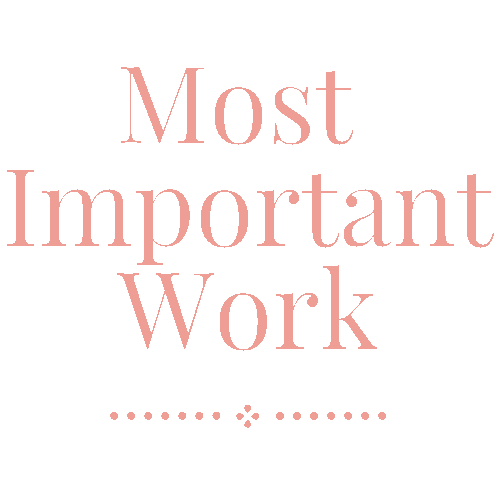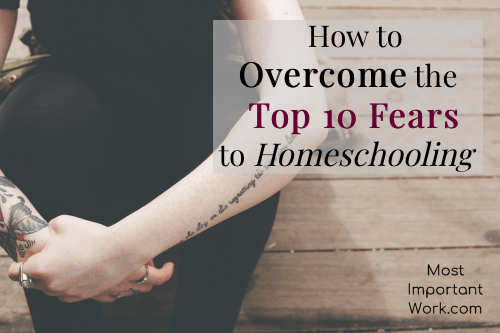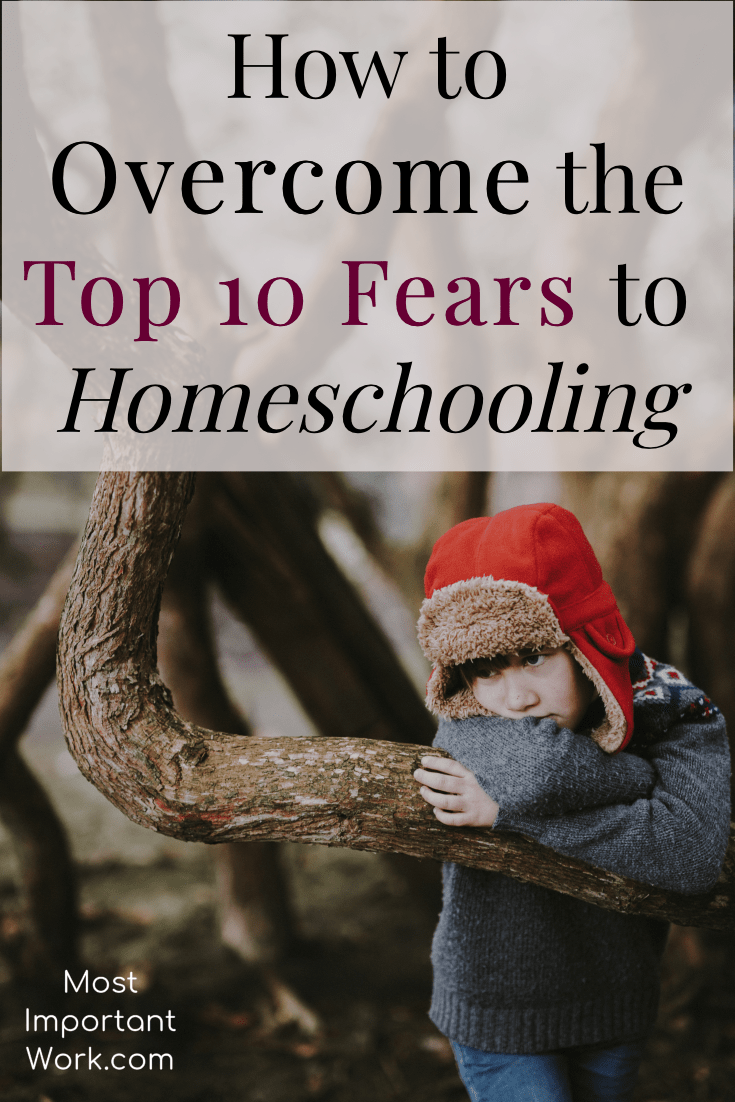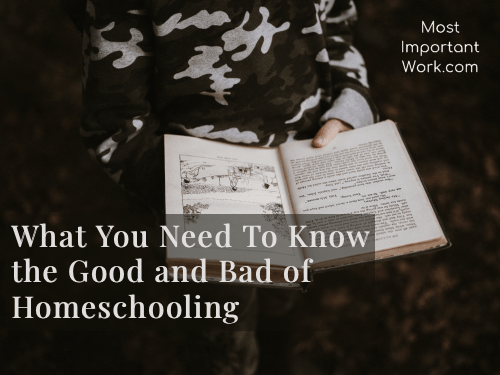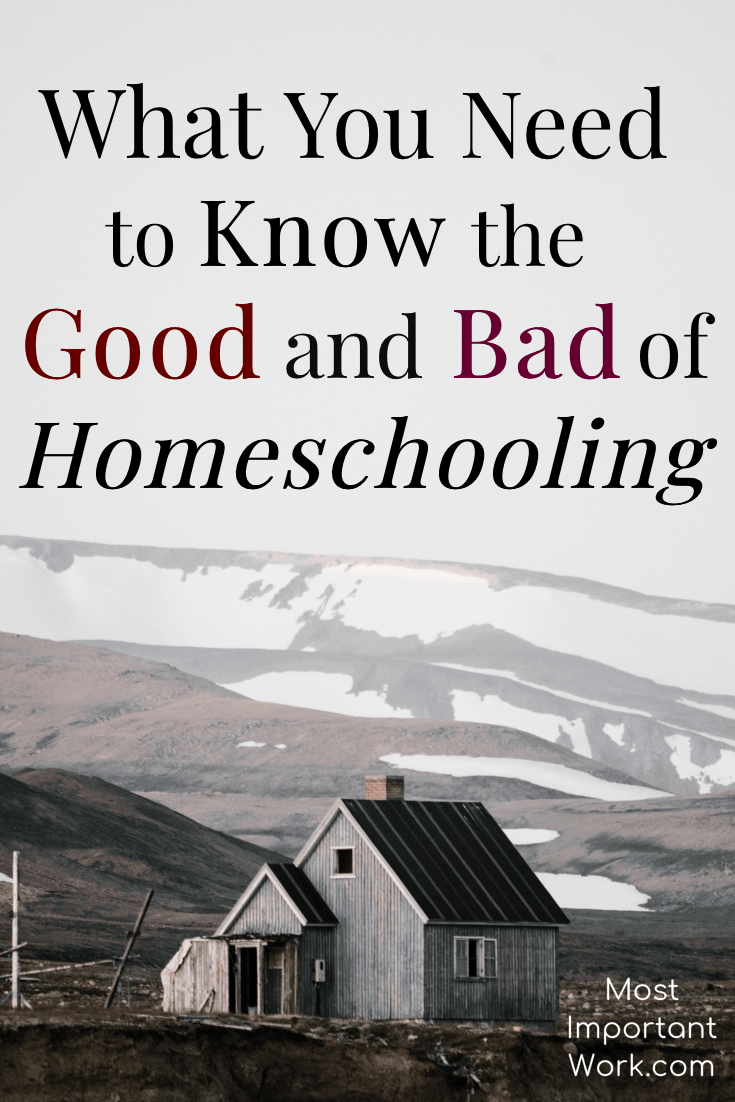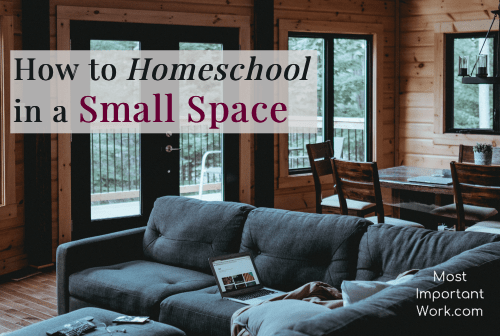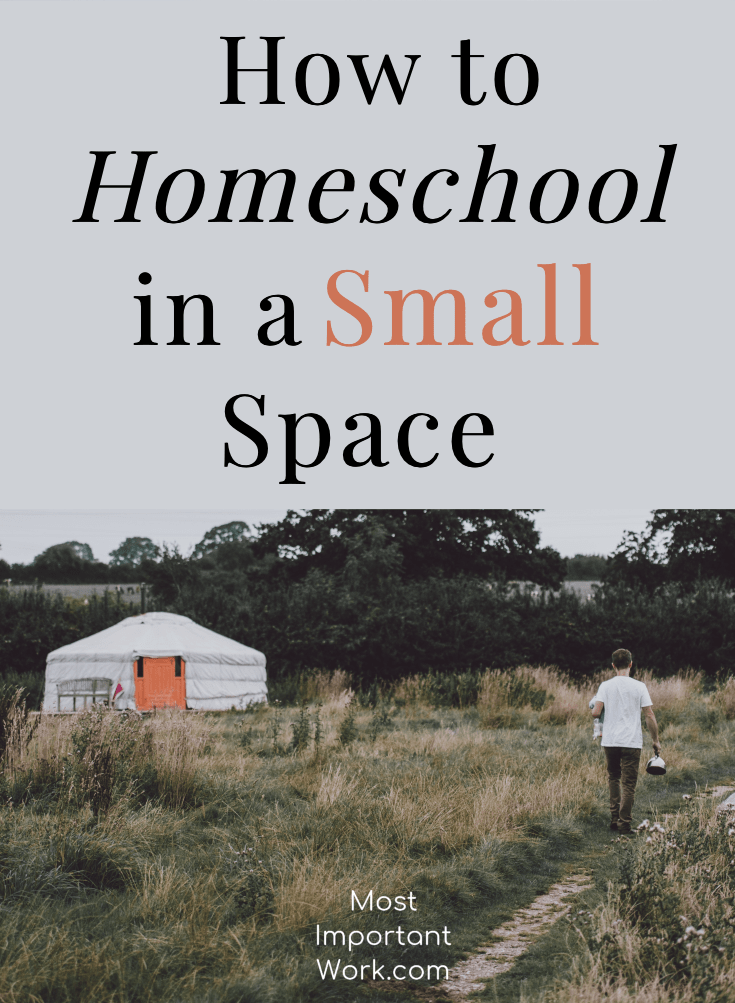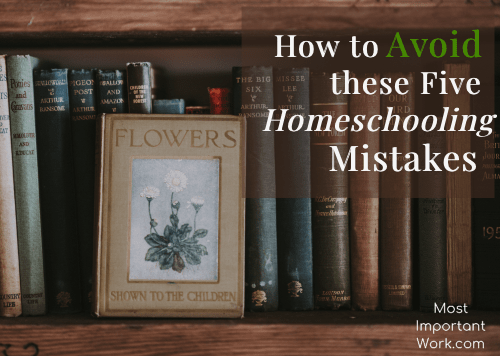
How to Unlock Hidden Secrets to Affordable Homeschooling
Reading Time: 4 min 21 sec
You are interested in homeschooling but one of the huge hurdles is the budget. Last time you checked, you are not Bill Gates, and you have kids that are determined to eat you out of the house.
In this day and age where the majority of households are dual-income, you wonder how on earth anyone can afford to homeschool? When you think about the potential cost of curriculum, let alone all the co-ops, field trips, and activities, your mind begins to explode. The only thing you can come up with is that homeschooling families have to be secretly rich.
I am here to tell you that no, not all homeschoolers are rich, not by long shot. They are just normal families with mortgages, kids needing braces, and spending their extra money buying diapers in bulk. The difference is that they made a huge decision to adjust their way of life in order to meet their family’s values.
It can feel overwhelming when you begin a new journey, especially when finances are involved. Unlike public school, the US government does not offer any assistance for homeschoolers in the form of tax breaks etc. You are responsible to cover the cost of your child’s education.
It is hard to make life adjustments if you do not know your end goal. Have you sat down and asked yourself (or with your spouse) what are our values as a family? And then follow that up with asking the question does homeschooling match up our vision and values for the future of our family?
So how do you do it? How do you homeschool on a typically one income budget?
1. Shop Smart
2. The Local Mom Scoop
3. Free Curriculum
4. Utilize Free Trial Offers
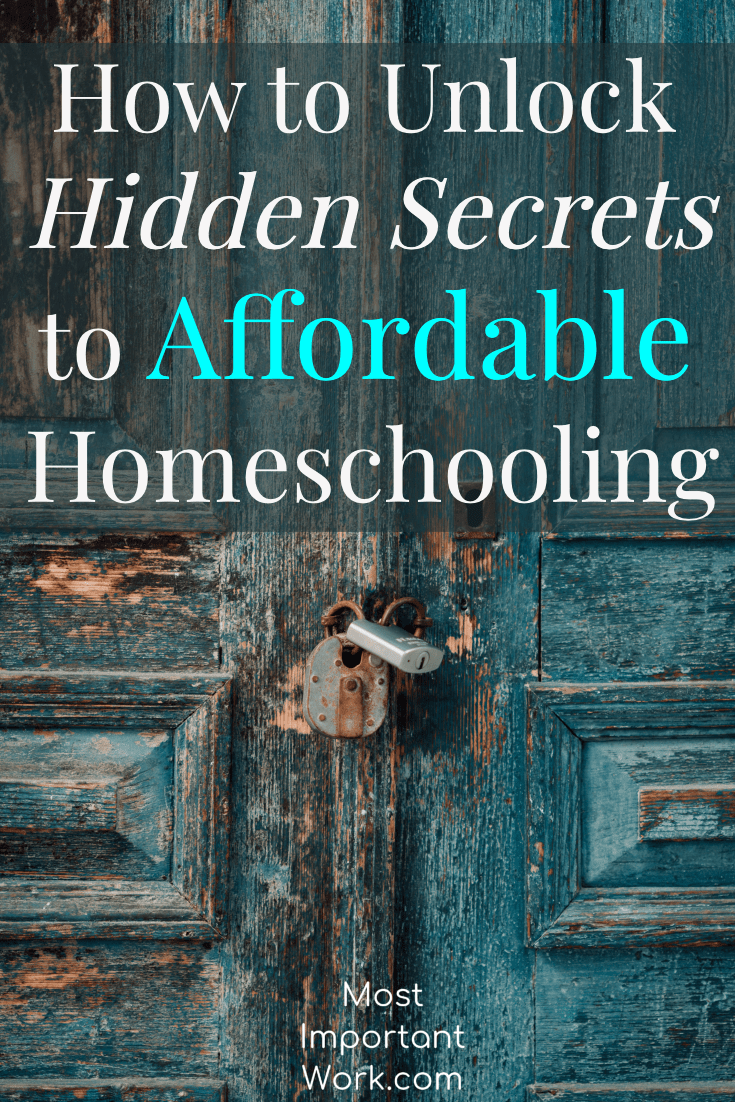
1. Shop Smart
You can always get good deals on school supplies in August, but what about in freezing cold of February? The Dollar store is my go-to resource for all school supplies, art supplies..chocolate…that you use all the time. I don’t know about you, but we always have a shortage of drawing paper. What would cost four dollars or more somewhere else is a steal at the dollar store.
There is a whole section just dedicated to teacher and education supplies. It is full of blow globes, clocks, workbooks, flashcards, and games. You never know what you are going to find, so I make sure to check out my local dollar store prior to making a purchase somewhere else. With the amount of school and craft supplies my kids go through on a daily basis, I have saved the fortune. Yay!
Here are some of my favorite finds:
- Activity Books (Math, Language Arts, Spelling etc.)
- Acrylic Paint
- Drawing Paper
- Handwriting Paper
- Pencils/Pens
- Puzzles
2. The Local Mom Scoop
There can be a wealth of free or low-cost classes and field trips if you know where to look in your town. Local mom websites that list upcoming events in your town are invaluable to homeschooling affordably.
You can find them by searching for free activities for kids or by also looking for a local kid activity magazine located in the FREE magazine section at your local grocery store (typically by the door). This is my #1 Resource for finding AMAZING free or cheap activities to do with my kids.
Second, search for local homeschooling Facebook groups. Join the main homeschooling group for your area and then one or two subgroups that match or have a similar teaching philosophy to yours. Those groups are a great resource for letting you know of upcoming homeschooling events in your area.
Third, check your local performing arts websites for field trip opportunities.
Here are some low-cost field trip ideas to check out locally.
- Museums– Free Art Classes, Art History, Science Classes
- Performing Arts– Free Symphonies, ballets, classes
- Zoo– Free Days
- Science Center– Free Science classes
- Historical Landmarks
- State Parks– Nature centers, classes,
- Places of business– Factory Tours, etc.

3. Free Curriculum
I HATE spending hundreds of dollars on curriculum that I don’t end up using (frankly I hate spending money, period). I am so thankful that I discovered that you can borrow curriculum for FREE at the library. You heard me! I know Christmas just came early, right?! (See this article for step by step instructions)
They have a number of not only mainstream textbooks, streaming documentaries, and free software (ROSETTA STONE, PEOPLE), that are available. If your library doesn’t have the resource, they can request it from a web of libraries all over the US.
I have found not only found reading, grammar, logic, math, science, and religion books but have saved hundreds if not thousands of dollars. Woohoo!
Here are just some examples:
- Living Books for every subject
- Audio Books– Music, Languages, Math, Social Studies etc. on CDs
- Curriculum– Textbooks, and Software
*Check out this post for more info and step by step instructions to request your free curriculum.
4. Utilize Free Trial Offers
There are some amazing resources that you can check out for FREE (many with zero credit card required). Whatever topic you are diving into, check to see if there is a free trial for a resource you could use to supplement your curriculum. These resources could be apps, streaming video, audiobooks or classes, etc.
This is a HUGE resource because it SAVES YOU MAJOR MONEY! No one wants to buy the latest and greatest resource only to have it sit on a shelf (waiting to be returned) because it doesn’t fit the needs of your family.
I have personally tried out free trial offers to art, social studies, math, reading, piano, language programs. Sometimes the trials are temporary and only happen a couple of times a year, and others are a permanent part of their marketing.
You can find such resources by a quick Google Search and by following your favorite homeschool bloggers (insert shameless plug* You can hear about more awesome homeschool resources and follow Most Important Work below* ) If you find a resource that you are interested in, sign up for their email list, be patient, and a couple of times a year, they will send out free (or close to free) specials.
Are you wondering HOW do you actually get started homeschooling? Join our community of moms who want to invest in the lives of their children through homeschooling. I also created a 10 Tips to Finding Excellent Curriculum form (grab it below) to help you on your journey.
You Got this Mom!
What about you? What is your number one frustration when it comes to figuring out this homeschooling adventure? Leave a comment, and don’t forget to follow Most Important Work on Pinterest!
